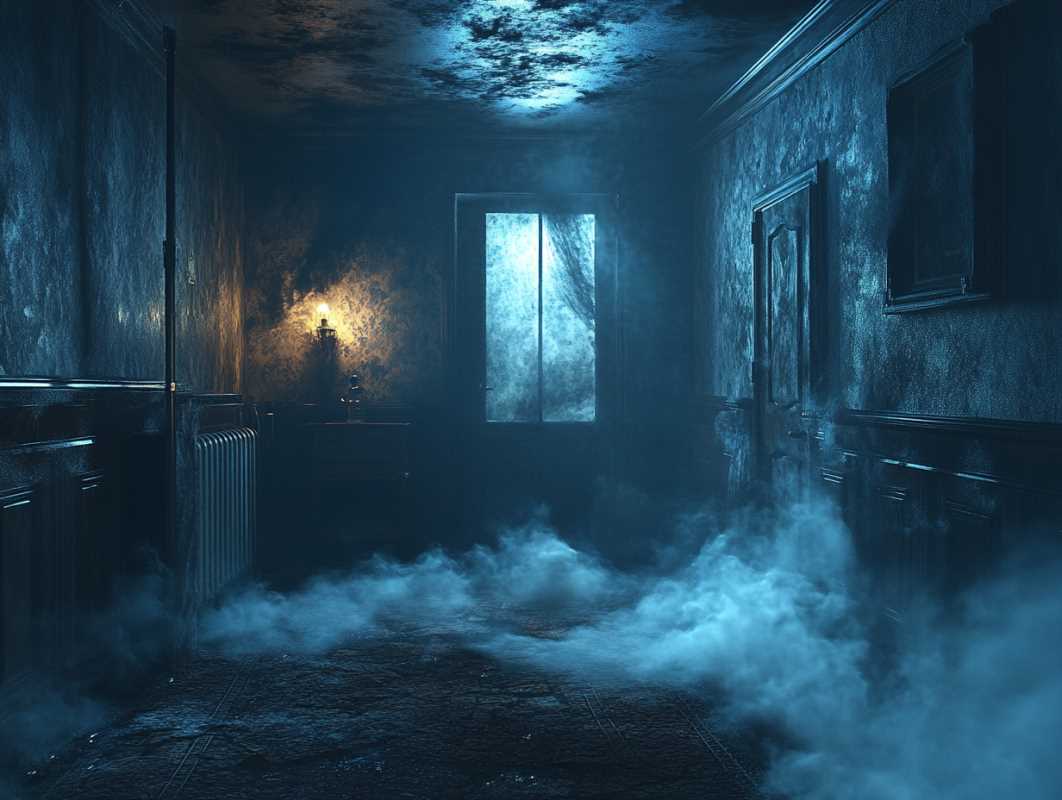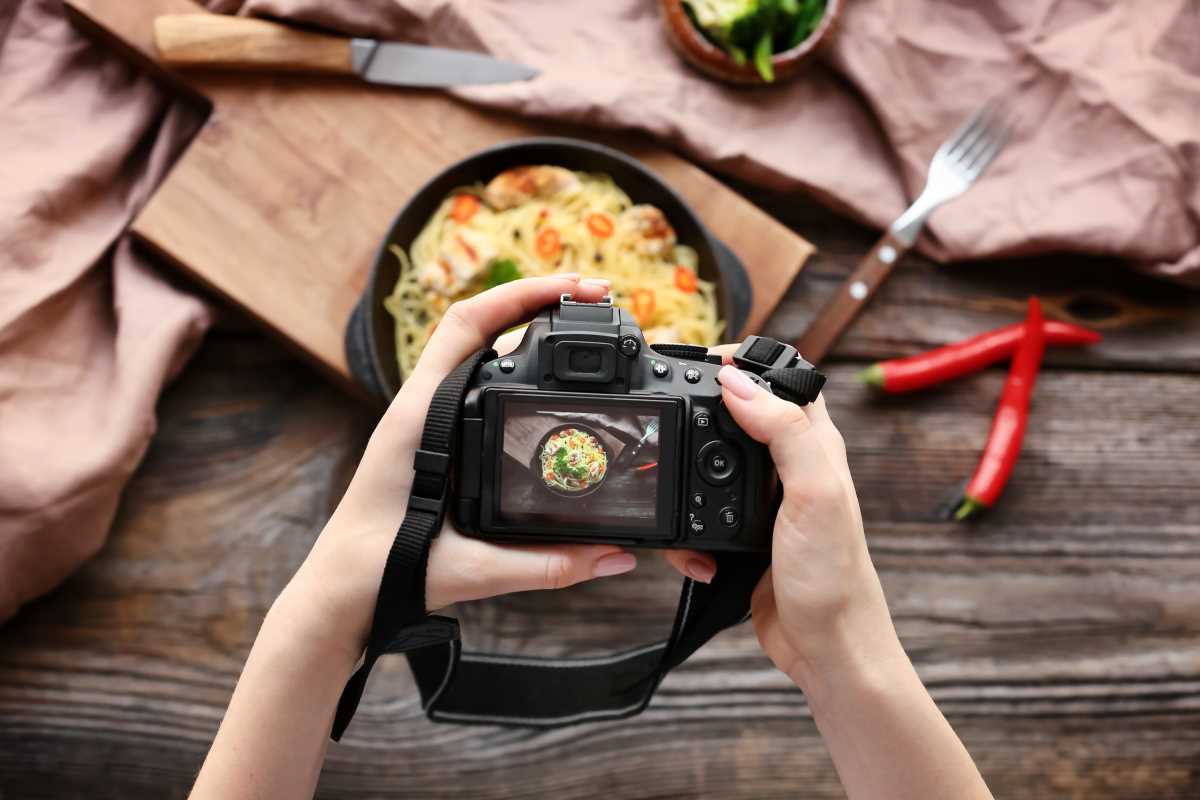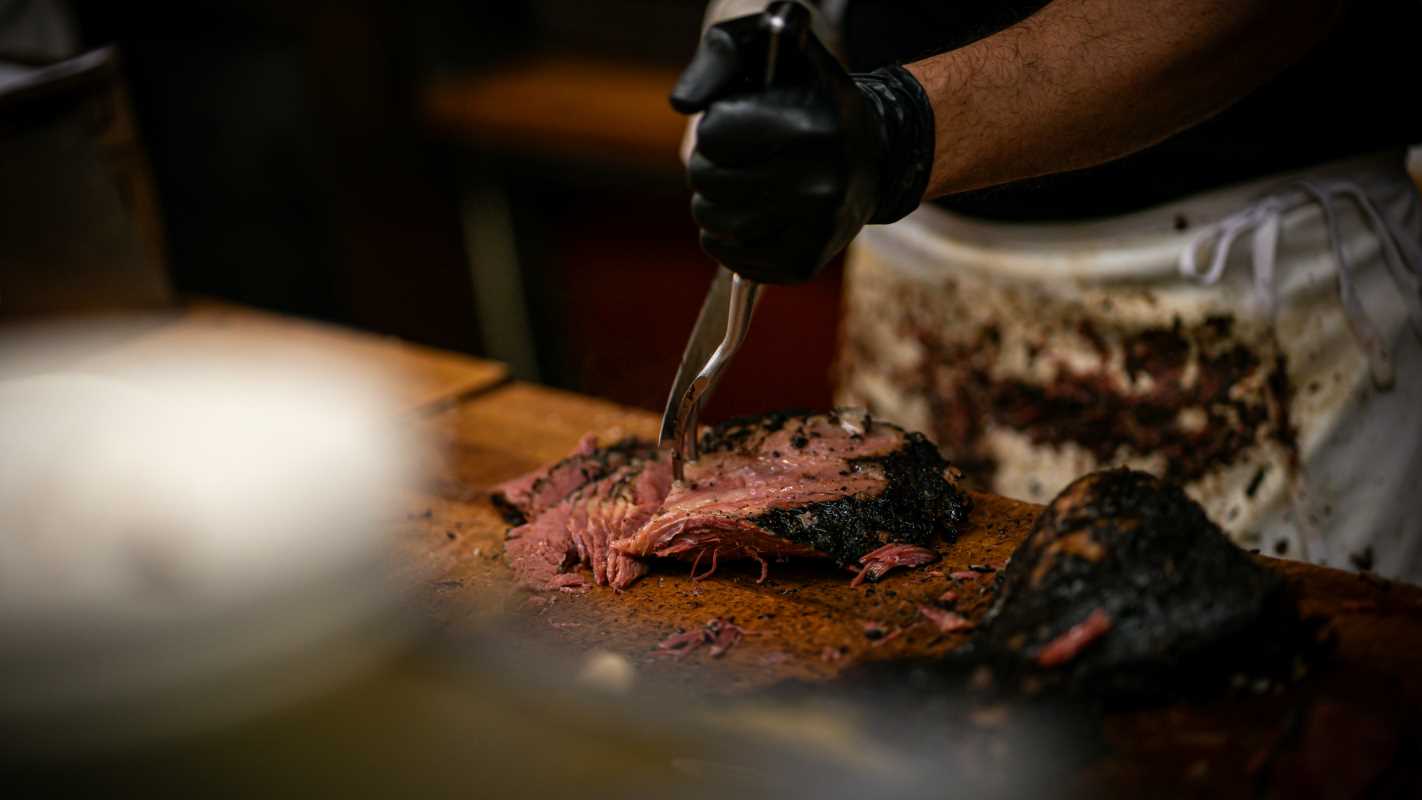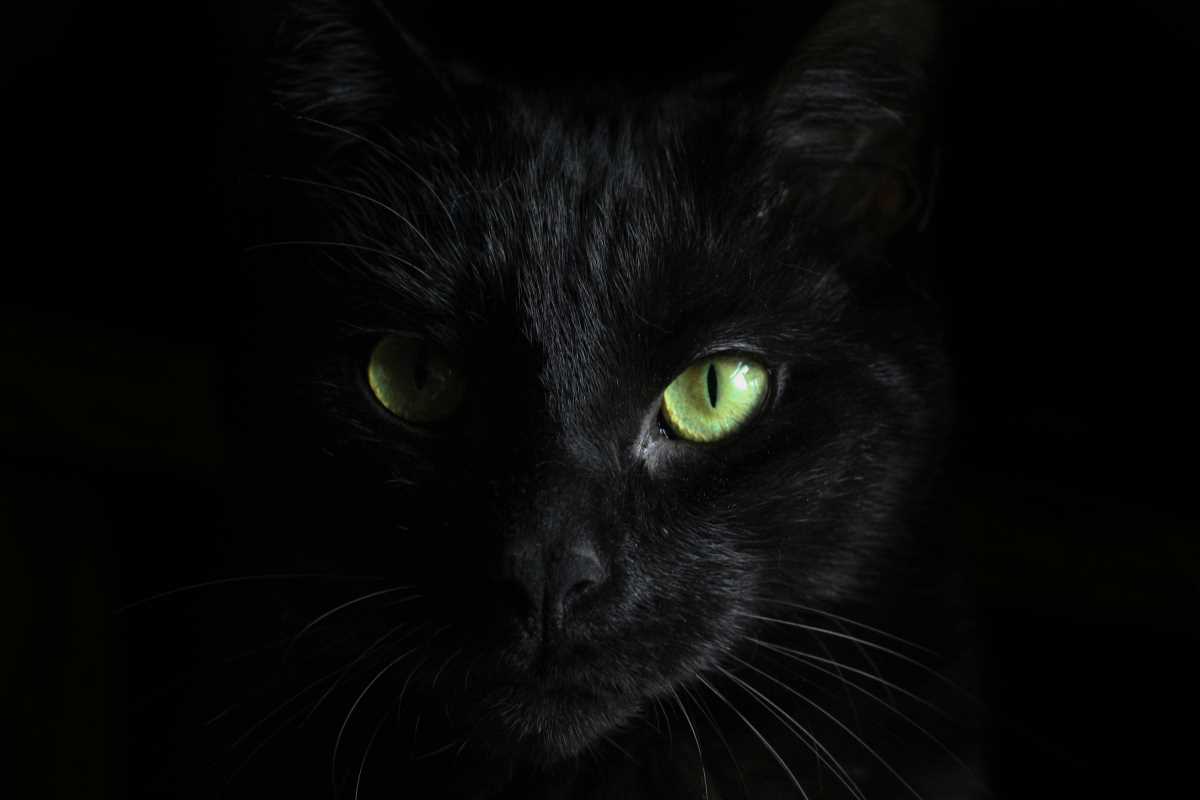Horror fiction has always thrived on innovation, evolving to reflect the fears and anxieties of its time. From Gothic novels to slasher films, each era of horror reinvents itself to scare audiences in new ways. In the digital age, a surprising platform has emerged as a fresh frontier for horror: social media.
Platforms like Twitter, Reddit, Instagram, and TikTok are becoming creative spaces where horror writers test ideas, build suspense, and directly engage with their audience. Social media's immediacy and interactivity allow writers to explore storytelling in ways that traditional formats simply can’t.
Social media’s influence on horror writing goes beyond simple marketing. Writers are using these platforms' unique features—brevity, visual storytelling, and community engagement—to create immersive, chilling narratives. This trend is reshaping how horror is consumed and shared, blurring the lines between fiction and reality.
Building Horror Stories in Bite-Sized Chunks
One of the defining features of social media is its emphasis on brevity. Posts are often short, designed for quick consumption in a fast-paced digital world. For horror writers, this constraint is an opportunity to distill fear into its purest form.
Twitter, for instance, has become a hotspot for microfiction, with writers crafting terrifying stories within the platform’s character limit. One viral example is “two-sentence horror,” a format where writers condense a chilling premise into just a few lines. These bite-sized scares are easy to share, making them perfect for social media’s viral nature.
Writers also use threads to build tension, with each tweet acting as a piece of a larger puzzle. This episodic storytelling mirrors the serialized nature of old horror magazines, keeping readers hooked and eager for the next installment.
On TikTok and Instagram, horror writers experiment with short videos and carousel posts to create visual narratives. Quick cuts, eerie soundtracks, and cryptic captions work together to evoke a sense of dread in under a minute. By embracing the constraints of these platforms, writers are finding innovative ways to make fear go viral.
Horror in Real Time
Social media’s interactivity is another key factor in its appeal to horror writers. Unlike traditional books or movies, where the audience’s role is passive, social media invites readers to become active participants in the storytelling process.
Reddit’s NoSleep forum exemplifies this phenomenon. Writers share first-person horror stories framed as “true” experiences, and the community responds with questions, theories, and praise. This dynamic blurs the line between author and audience, creating a collaborative storytelling environment.
Interactive horror projects also thrive on platforms like Twitter. Writers craft stories that unfold in real time, responding to audience suggestions or adapting the narrative based on feedback. This approach makes the experience feel more immediate and personal, heightening the fear factor.
Some creators take interactivity a step further by designing alternate reality games (ARGs). These multi-platform narratives use social media clues, fake websites, and even real-world elements to immerse players in a fictional world. Popular examples include The Sun Vanished on Twitter and Daisy Brown on YouTube, both of which captivated audiences with their intricate, haunting tales.
Visual and Multimedia Storytelling
Social media isn’t just about text - it’s a highly visual medium, and horror writers are capitalizing on this to create stories that engage multiple senses.
On Instagram, writers often pair chilling captions with carefully curated images. A single photo of an abandoned house, paired with a cryptic narrative, can evoke a vivid sense of unease. Similarly, TikTok’s focus on video makes it an ideal platform for blending horror writing with cinematography, sound design, and acting.
Multimedia storytelling is particularly effective for creating immersive horror experiences. Creators combine written text, images, and sound to craft narratives that feel layered and real. This approach can make social media horror feel like a haunting artifact—a glimpse into another world that spills into our own.
The use of hashtags and algorithm-driven discovery also allows these stories to reach a broader audience. A well-crafted piece of horror content can appear unexpectedly in someone’s feed, adding an element of surprise that enhances its impact.
Shaping Modern Horror Through Social Media
Social media’s influence on horror extends beyond individual writers; it’s reshaping the genre as a whole. By democratizing storytelling, these platforms give voices to creators who might not have access to traditional publishing or production avenues.
This democratization has led to a more diverse and experimental horror landscape. Social media allows for stories that might not fit into conventional molds, from short-form scares to sprawling, serialized epics. It also gives marginalized creators a platform to explore themes and perspectives that have been underrepresented in mainstream horror.
Social media's immediacy enables horror to reflect the zeitgeist with uncanny precision. Writers can respond to current events, social anxieties, or viral trends almost instantly, creating stories that feel timely and resonant. This ability to tap into contemporary fears makes social media horror uniquely effective at striking a chord with its audience.
Social media has also inspired hybrid formats that merge digital and physical storytelling. For example, some writers publish traditional novels or anthologies based on their viral social media stories, bridging the gap between online and offline horror. These projects demonstrate how social media is not replacing traditional horror but enhancing and complementing it.
Why Social Media Horror Captivates Us
The rise of social media horror speaks to something fundamental about human psychology. Fear thrives on immediacy and intimacy - qualities that social media amplifies.
The fragmented, real-time nature of these platforms mirrors how we experience fear in real life: as fleeting moments of dread that build into something larger. Social media horror often feels personal, as if the story is happening just outside your screen. This blurring of reality and fiction makes the fear more visceral and lingering.
Social media's communal aspect adds another layer to the experience. Sharing a creepy story or engaging in discussions about it turns horror into a collective activity. This sense of shared unease taps into our primal instincts, reinforcing the power of the narrative.
Finally, social media horror thrives on the unexpected. A chilling tweet or eerie TikTok might appear without warning, disrupting the mundanity of scrolling through cat videos and memes. This element of surprise makes the scares feel fresh and immediate, keeping audiences hooked.
- Bite-sized scares create viral appeal
- Interactivity immerses audiences in the story
- Multimedia enhances sensory engagement
- Democratization leads to more diverse horror
- Timeliness taps into contemporary fears
Social media is more than just a tool for promoting horror—it’s a canvas for boldly and innovatively reshaping the genre. By embracing these platforms' unique features, horror writers are crafting stories that feel fresh, immersive, and eerily real.
As social media continues to evolve, so too will its role in shaping modern horror. Whether through interactive ARGs, multimedia epics, or viral microfiction, the digital landscape is proving that the scariest stories are the ones that feel closest to home.
 (Image source: Midjourney)
(Image source: Midjourney) 





